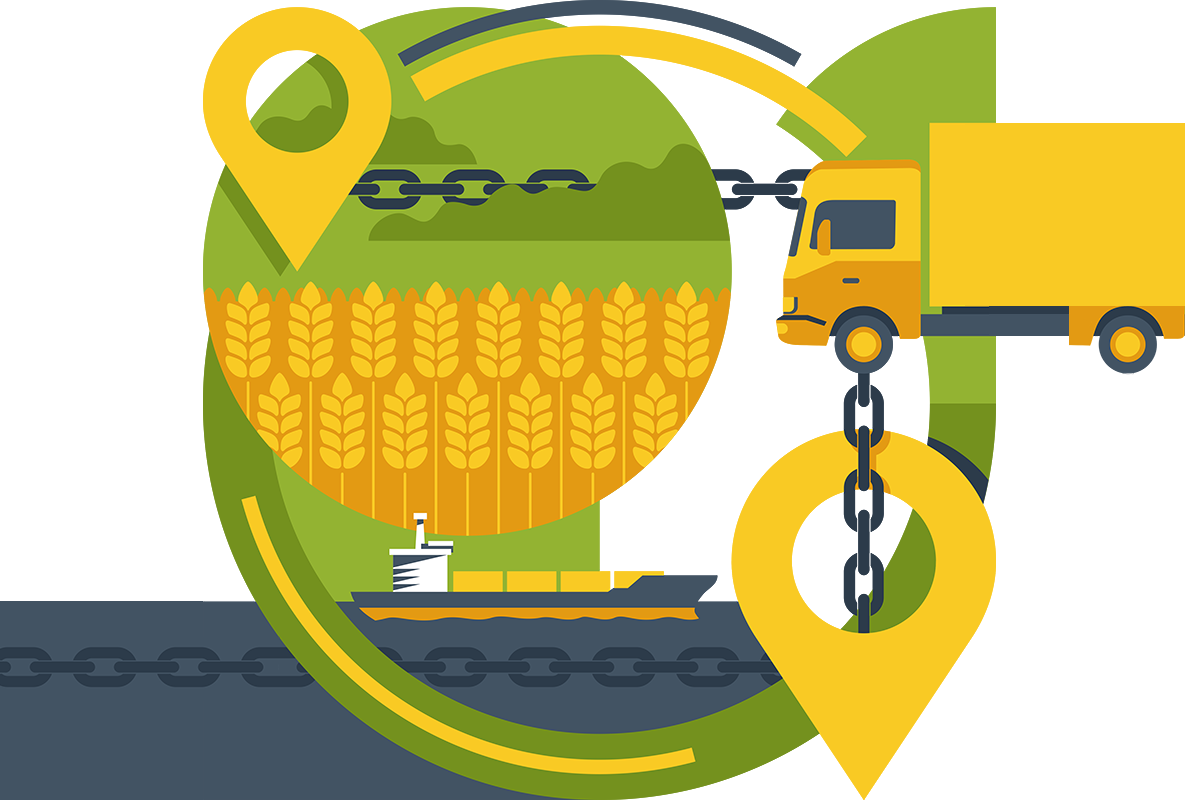By: Doug Baker, Vice President, Industry Relations, FMI

Yet, the food industry’s response underscores its agility and problem-solving ethos. Many companies activate contingency plans, leveraging diverse supplier networks to mitigate disruptions. Businesses with robust data analytics capabilities can quickly assess inventory levels, forecast shortages, and prioritize critical shipments. Others invest in regional warehousing to reduce reliance on single points of entry, effectively shortening the supply chain. Here are three ways to ensure that we remain agile in response to crises:
Collaboration
Collaboration plays a crucial role as well. Industry associations, including FMI, are uniquely positioned to facilitate pre-competitive dialogue between stakeholders, sharing real-time updates and advocating for solutions that balance economic and operational needs. Some companies turn to creative partnerships, sharing transportation resources or pooling orders to optimize logistics.
Technology
Technology adoption is another key factor. Companies employ advanced tracking systems to monitor shipments and improve transparency. AI-driven modeling helps simulate “what-if” scenarios, enabling more strategic decision-making under pressure. These investments not only help mitigate immediate challenges but also enhance long-term resilience.
Resilience
Supply chain resilience is a continuous effort. Diversification, collaboration, and innovation remain critical in navigating future disruptions. For food industry professionals, proactive planning—whether that means fostering strong supplier relationships, investing in predictive analytics, or building more flexible logistics networks—is essential.
Ultimately, disruptions will always test the food industry, but they also reveal its ability to adapt and respond to disruptions. By learning from these challenges, we can fortify our supply chains to deliver on our promise of feeding families, even in the face of uncertainty.
Join us at FMI's Supply Chain Forum conference in September to explore these challenges and solutions further.


 Industry Topics address your specific area of expertise with resources, reports, events and more.
Industry Topics address your specific area of expertise with resources, reports, events and more.
 Our Research covers consumer behavior and retail operation benchmarks so you can make informed business decisions.
Our Research covers consumer behavior and retail operation benchmarks so you can make informed business decisions.
 Events and Education including online and in-person help you advance your food retail career.
Events and Education including online and in-person help you advance your food retail career.
 Food Safety training, resources and guidance that help you create a company food safety culture.
Food Safety training, resources and guidance that help you create a company food safety culture.
 Government Affairs work — federal and state — on the latest food industry policy, regulatory and legislative issues.
Government Affairs work — federal and state — on the latest food industry policy, regulatory and legislative issues.
 Get Involved. From industry awards to newsletters and committees, these resources help you take advantage of your membership.
Get Involved. From industry awards to newsletters and committees, these resources help you take advantage of your membership.
 Best practices, guidance documents, infographics, signage and more for the food industry on the COVID-19 pandemic.
Best practices, guidance documents, infographics, signage and more for the food industry on the COVID-19 pandemic.
